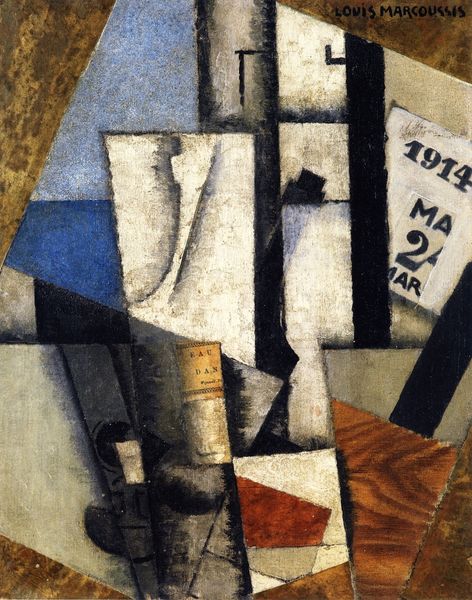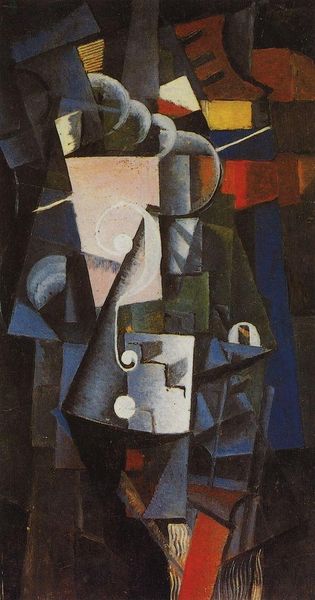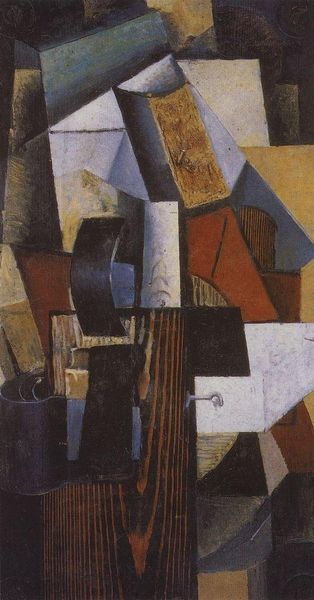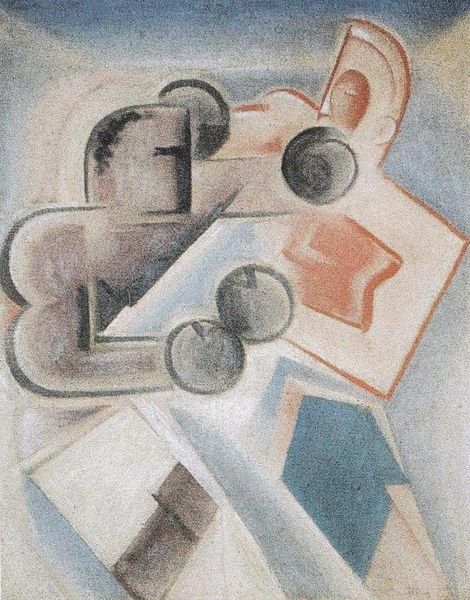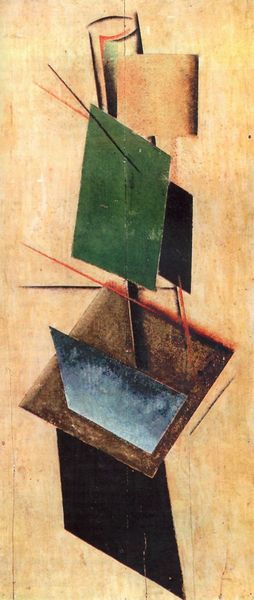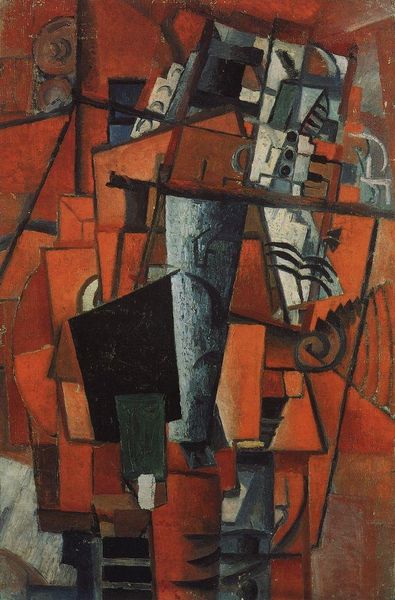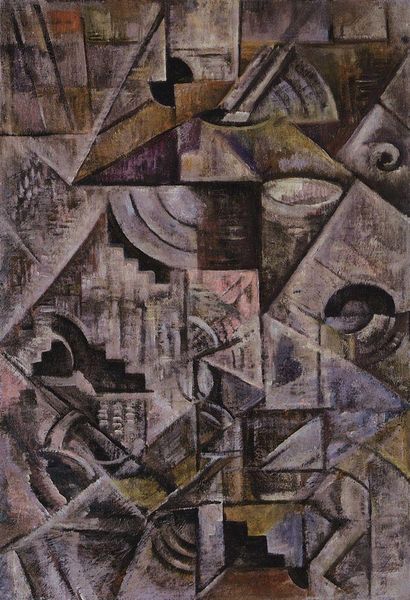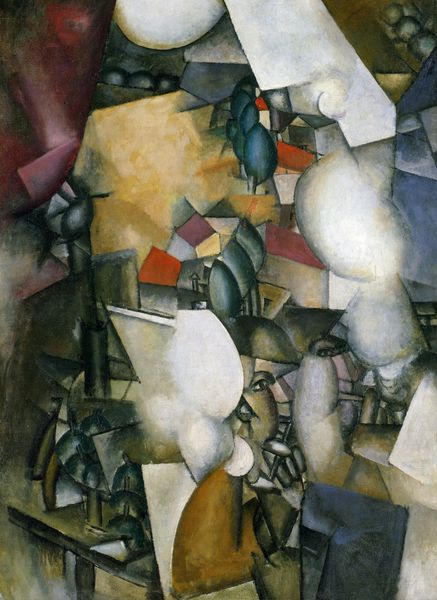
oil-paint
#
baroque
#
oil-paint
#
oil painting
#
vanitas
#
realism
Copyright: Public domain
Editor: Here we have "Quodlibet," an oil painting from 1675 by Cornelis Norbertus Gysbrechts. It's a chaotic jumble of letters and writing tools pinned to a wooden wall, with the red wax seals adding a little visual punch. How do you interpret this work? Curator: Well, the chaos you noted is key. Consider the rise of the Dutch Republic at this time – a mercantile power fueled by trade and communication. This painting, though a "vanitas" still life about the fleeting nature of earthly things, speaks to a world increasingly connected through the written word. Who had access to that exchange? Who was excluded? Editor: That’s interesting. It seems… mundane, everyday. Were letters really considered objects of privilege? Curator: Absolutely. Literacy was far from universal, and correspondence connected individuals across distances, reinforcing social hierarchies and economic power. The seemingly simple act of sending and receiving letters was steeped in political and social implications. Also, consider the objects depicted. Why these specific ones? Editor: Maybe the comb suggests vanity? Or that grooming and letter-writing were intertwined in daily rituals? Curator: Precisely! The seemingly random assortment hints at societal concerns, individual roles, and even gendered expectations surrounding communication and knowledge production. By arranging them seemingly haphazardly, is the artist making a comment about who is in control of what gets seen? Who is not? Editor: I see. So it’s not just a pile of old letters. It’s a statement on society and access to information. Thanks for pointing that out. Curator: My pleasure. It’s always enriching to connect the formal elements of art to their historical and social context and interrogate art from an inclusive, historically grounded perspective.
Comments
No comments
Be the first to comment and join the conversation on the ultimate creative platform.
